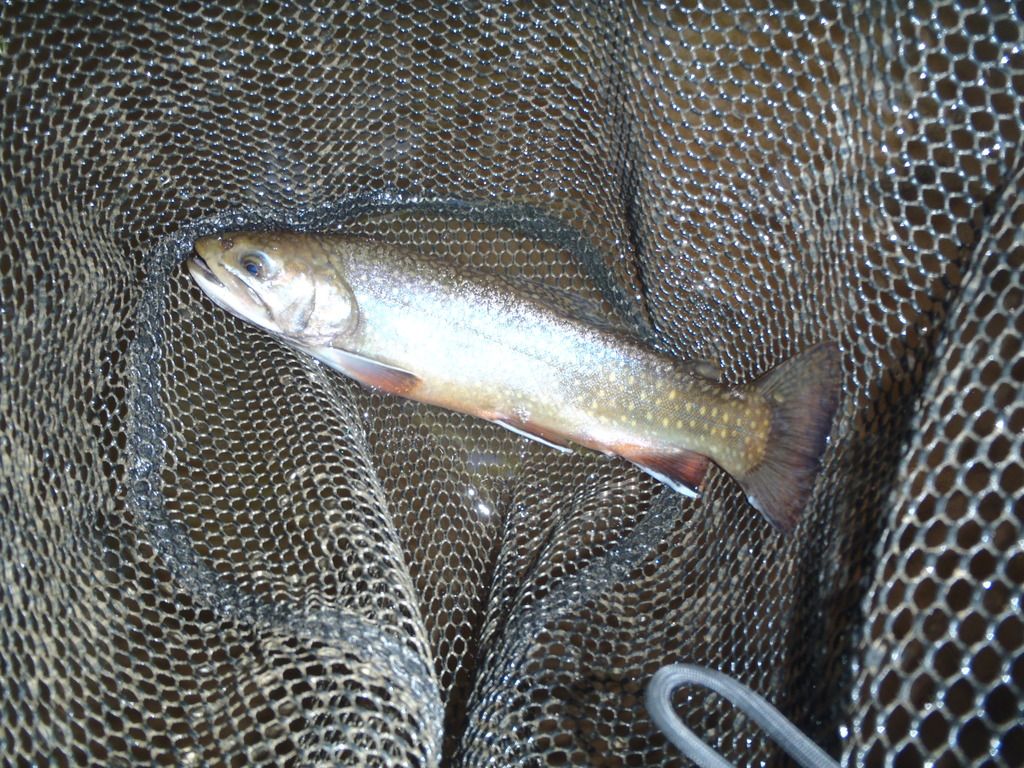"In over 50+ years of chasing Brookies in this state, I have only caught around a dozen 12" or larger and all were back in the day. anyone saying they catch fish in one stream and more than 2 fish over 12" is in my book full of it. Prove it to me."
So in your first statement you claim a dozen 12 " plus brookies, far more than anyone else on here, then go on to call everyone else full of crap, because they have offered no proof, when you haven't either. And if you caught that many, then obviously they existed at some point after the deforestation that allegedly wiped them out. I take you at your word, because I have no reason not to. I don't mean this as any kind of attack on you, it just seems that many on this forum are convinced everyone they don't know personally is a liar until proven truthful, and I don't think there is any amount of proof that could be offered to change minds, aside from being there in person when the fish was caught. Forget the fish, Cornholio throws out the accusation that people only hike half the distance they say, but claims a 10 mile hike is a cake walk to him. I believe him too by the way. As for multiple 12+ brookies out of the same stream....if the conditions are good enough to produce one fish of that size, why couldn't it produce a second? Another thing to keep in mind is that brook trout of that size are probably meat eaters like large browns and would likely need to be targeted and fished for accordingly. I don't think many guys are targeting fish they don't believe exist. A spot like this would obviously be rare, if it does exist, and as I said before, the only proof I think many of you would accept is being there in person, and you can rest assured that anyone who has found such a place isn't taking anybody there.







